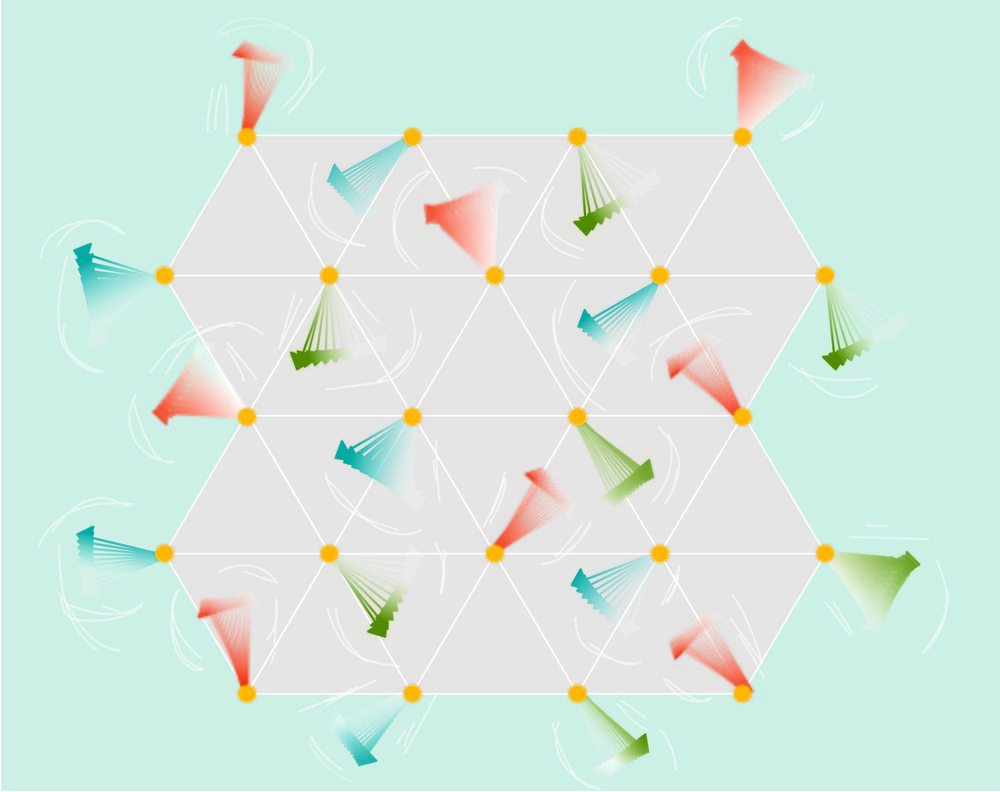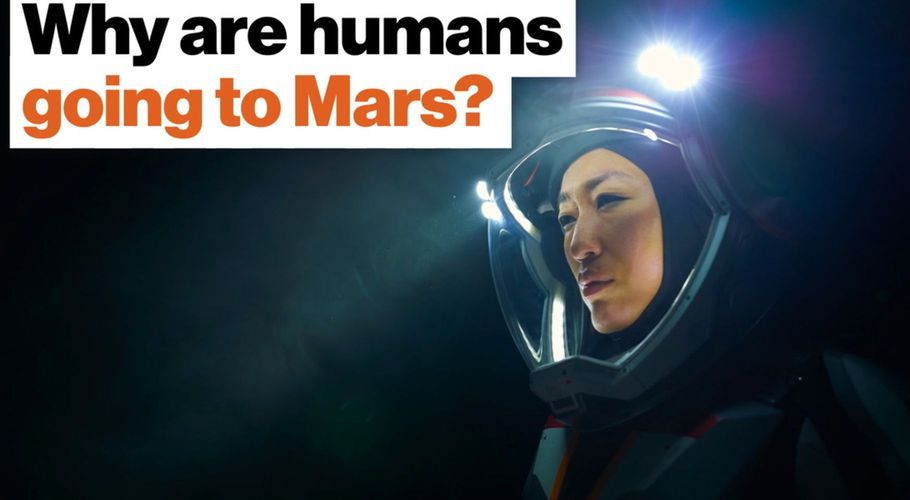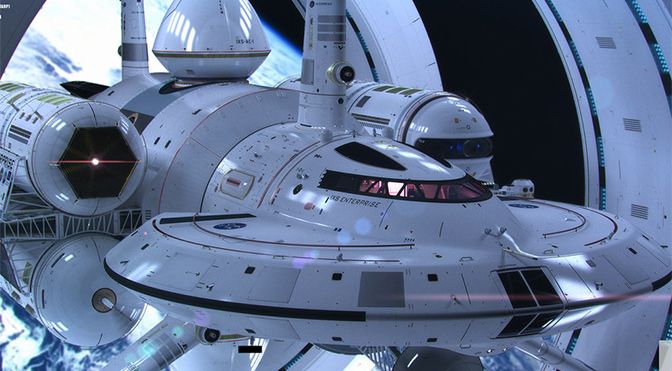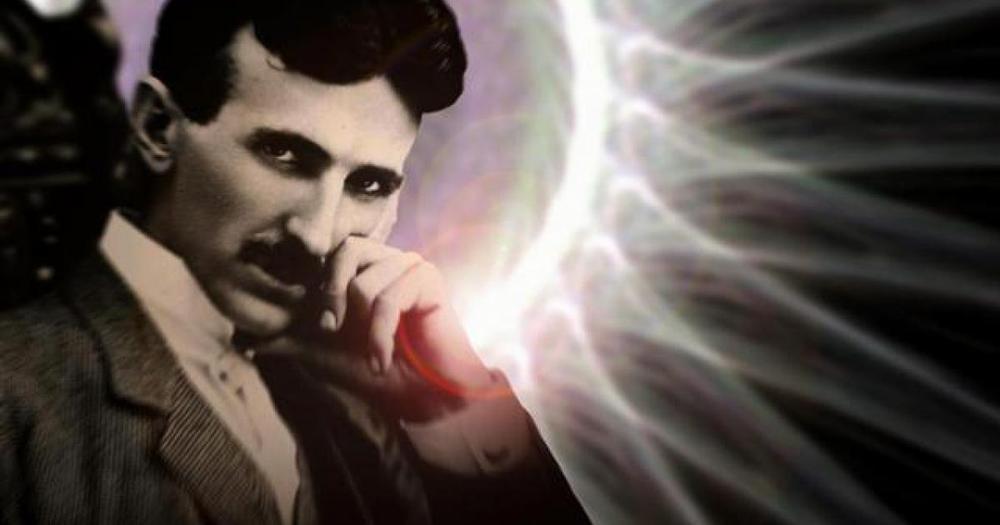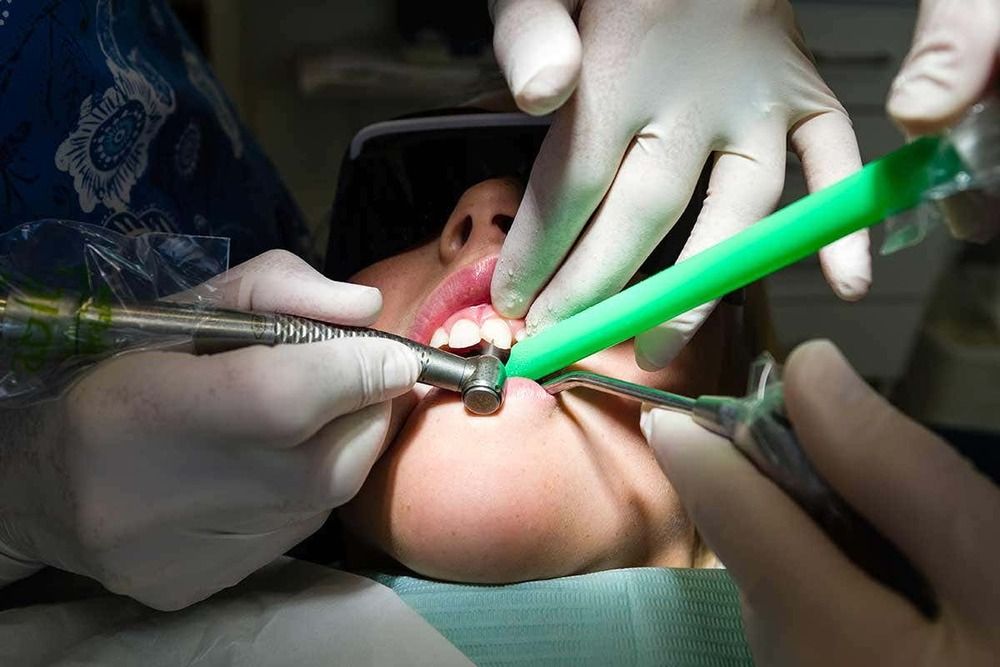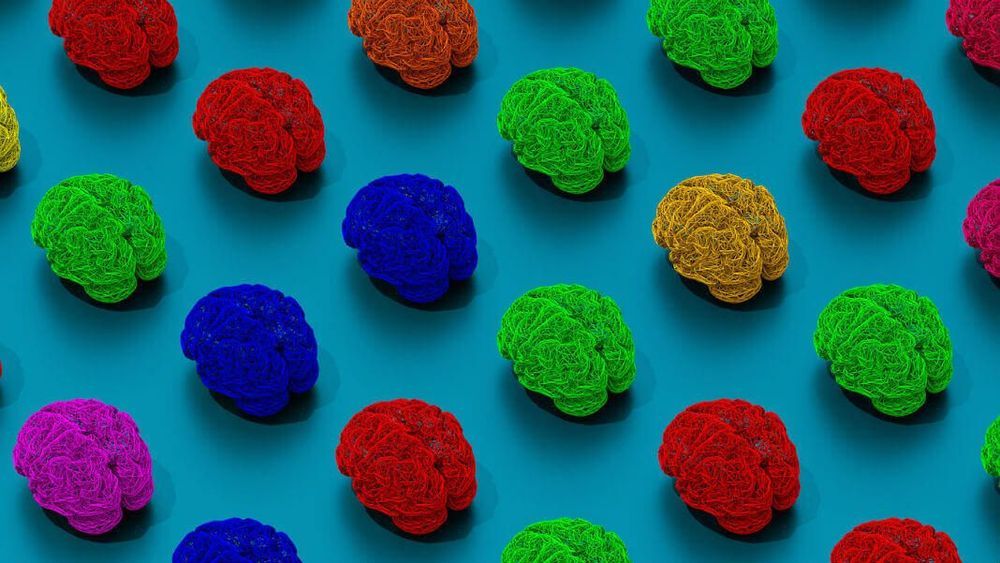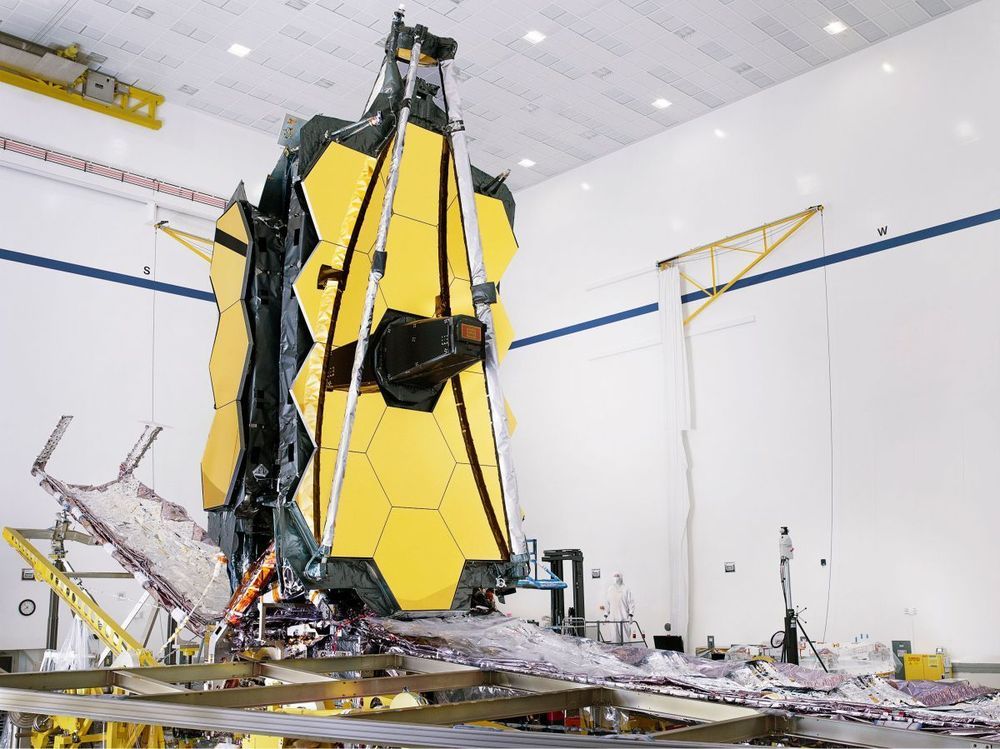Sep 5, 2019
Scientists find new, long-hypothesized material state with signature of quantum disordered liquid-like magnetic moments
Posted by Saúl Morales Rodriguéz in categories: chemistry, quantum physics
The future of technology relies, to a great extent, on new materials, but the work of developing those materials begins years before any specific application for them is known. Stephen Wilson, a professor of materials in UC Santa Barbara’s College of Engineering, works in that “long before” realm, seeking to create new materials that exhibit desirable new states.
In the paper “Field-tunable quantum disordered ground state in the triangular-lattice antiferromagnet NaYbO2,” published in the journal Nature Physics, Wilson and colleagues Leon Balents, of the campus’s Kavli Institute for Theoretical Physics, and Mark Sherwin, a professor in the Department of Physics, describe their discovery of a long-sought “quantum spin liquid state” in the material NaYbO2 (sodium ytterbium oxide). The study was led by materials student Mitchell Bordelon and also involved physics students Chunxiao Liu, Marzieh Kavand and Yuanqi Lyu, and undergraduate chemistry student Lorenzo Posthuma, as well as collaborators at Boston College and at the U.S. National Institute of Standards and Technology.
At the atomic level, electrons in one material’s lattice structure behave differently, both individually and collectively, from those in another material. Specifically, the “spin,” or the electron’s intrinsic magnetic moment (akin to an innate bar magnet) and its tendency to communicate and coordinate with the magnetic moments of nearby electrons differs by material. Various types of spin systems and collective patterns of ordering of these moments are known to occur, and materials scientists are ever seeking new ones, including those that have been hypothesized but not yet shown to exist.
